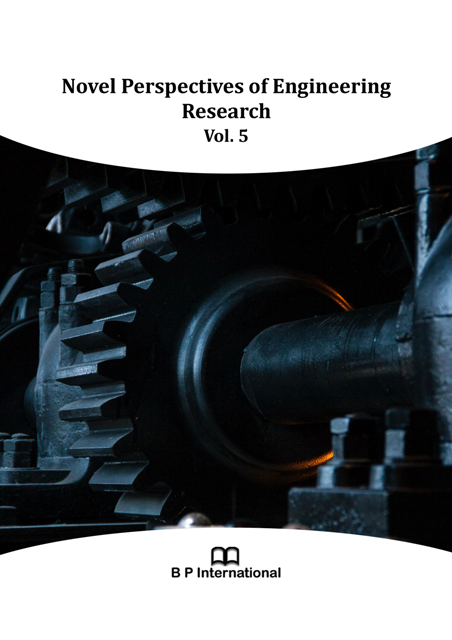Strength and Ductility Performance of GFRP Laminated RC Beams with Discrete Steel Fibres
Novel Perspectives of Engineering Research Vol. 5,
4 January 2022
,
Page 12-28
https://doi.org/10.9734/bpi/nper/v5/3069E
Abstract
Many researchers have reported that reinforced concrete (RC) beams strengthened with externally bonded fibre reinforced polymer (FRP) laminates/sheets significantly reduced their ductility due to increased stiffness, which leads to debonding type failure without adequate prior notice. The purpose of this research is to look into the strength and ductility of glass fibre reinforced polymer (GFRP) laminated RC beams with different volume fractions (Vf = 0.5, 1.0, and 1.5) of discrete steel fibres. The parameters of this investigation included: load and deflection at yield and ultimate stages, ductility, crack-width, and failure mode. The role played by the introduction of steel fibres is found to be beneficial in boosting both the strength and ductility of FRP strengthened beams at all levels of volume fractions used in this work, according to experimental assessments. Full-scale beam models based on finite element analysis were created using ANSYS software to predict the response of all beams, and the load-deflection behaviour of the models agrees well with the experimental data.
- GFRP
- SFRC
- FEA
- Non-linear analysis
- ANSYS
- debonding
